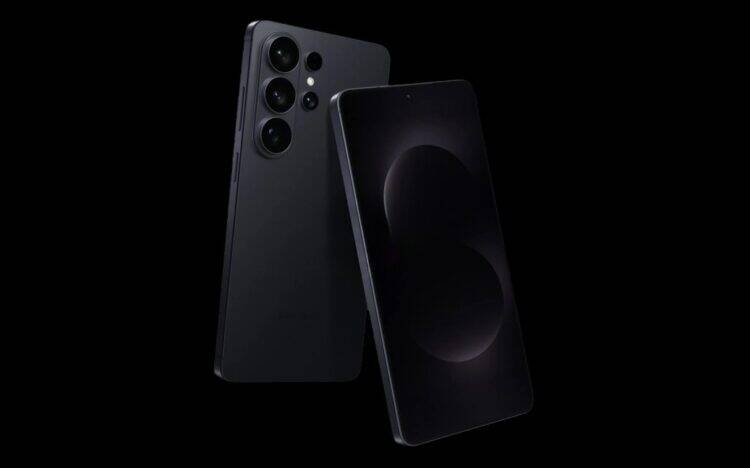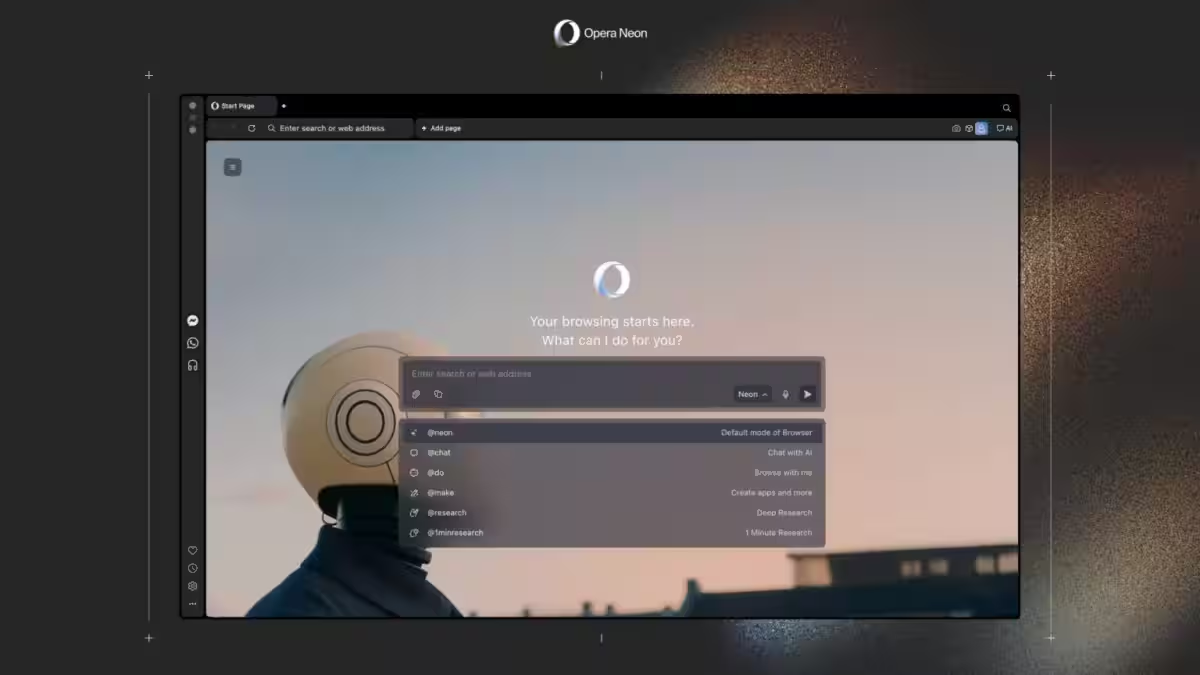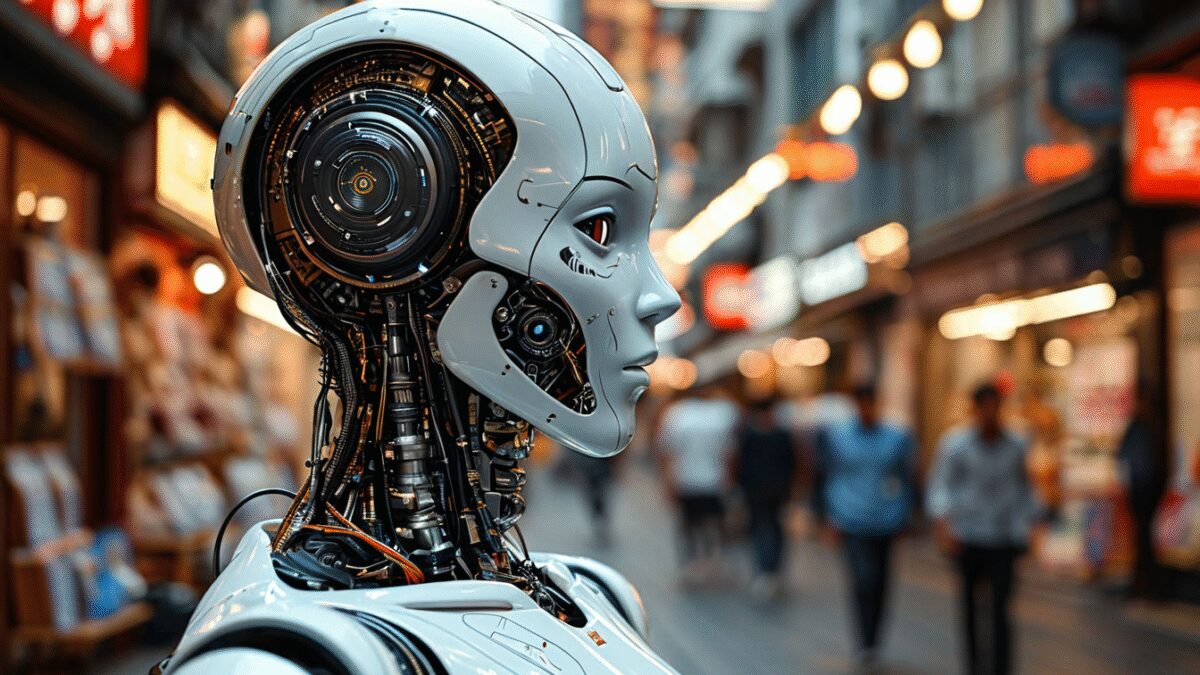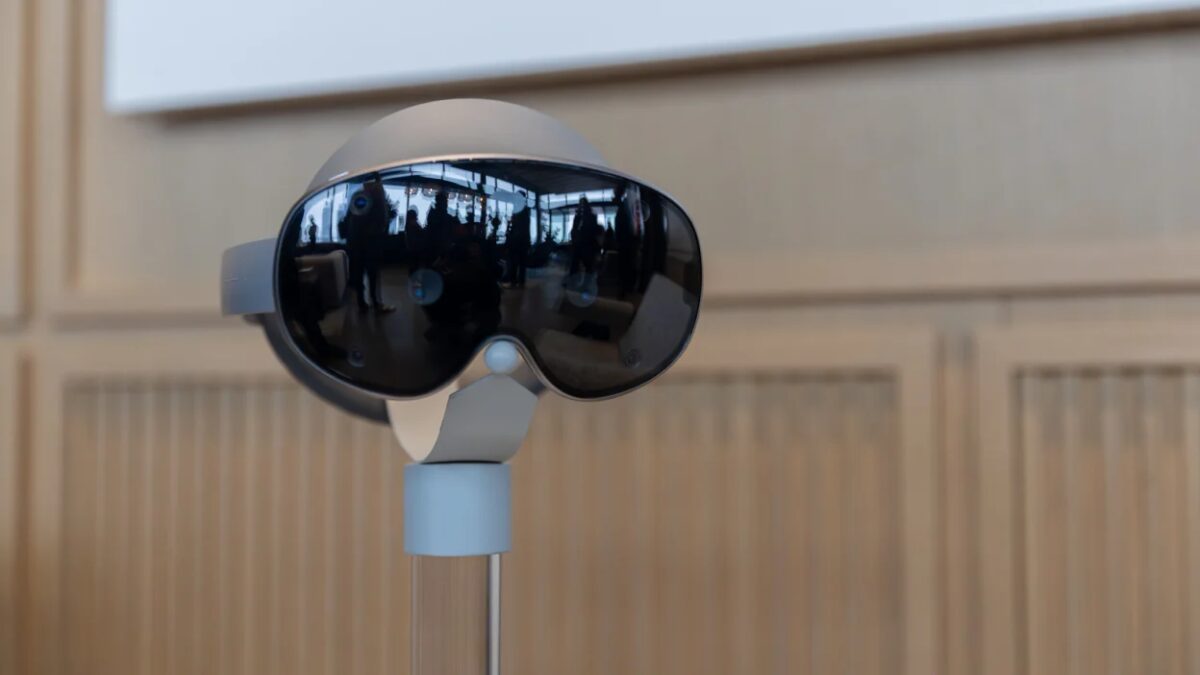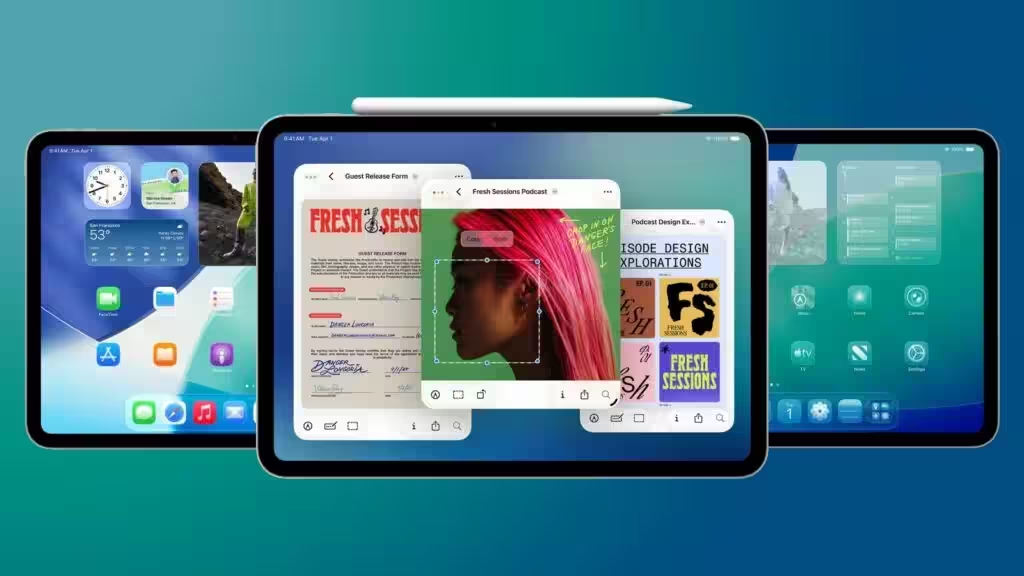Why the iOS 19 redesign might be more important than iOS 7
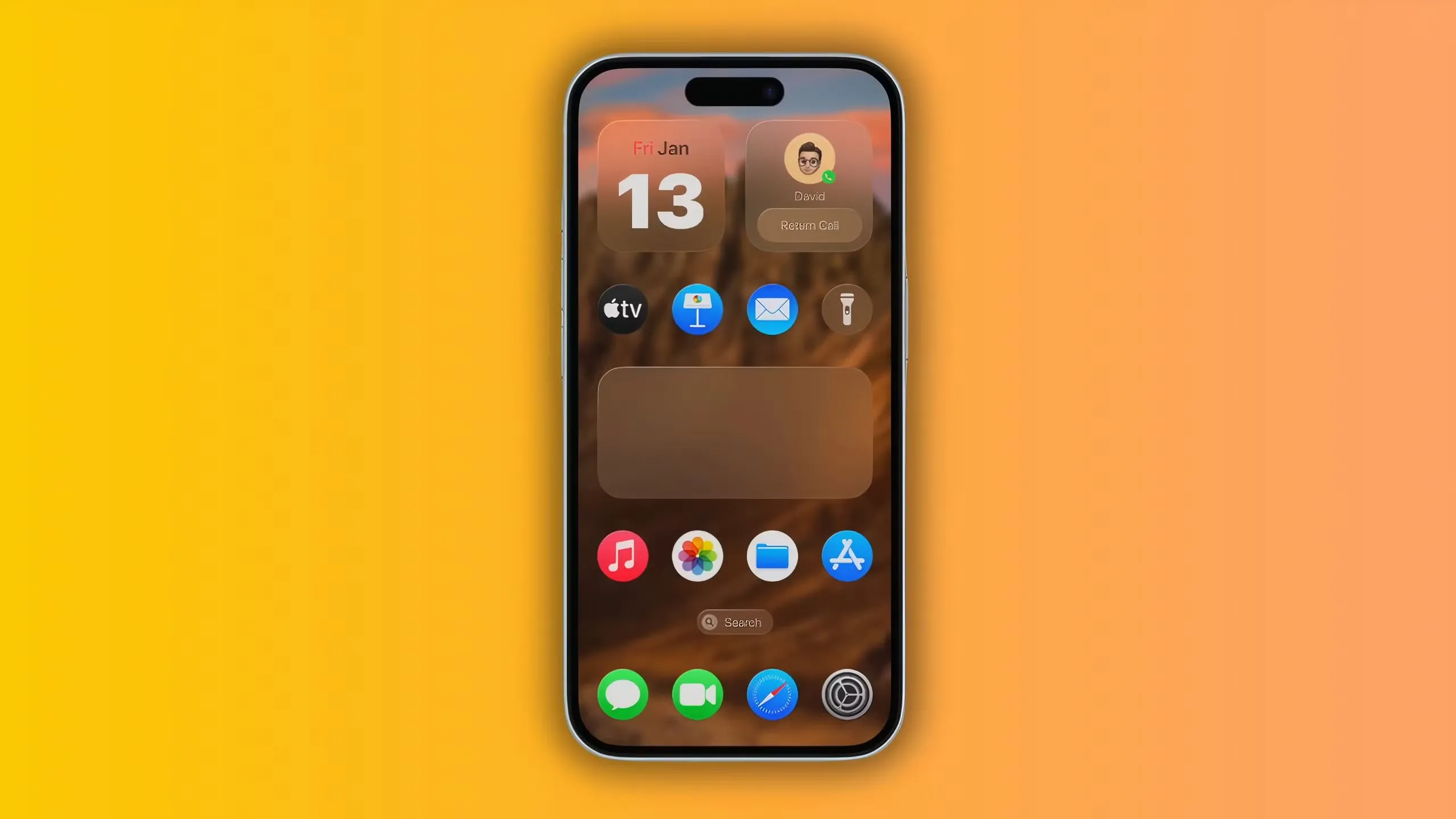
In 2013, Apple dramatically changed the look of its mobile system with the release of iOS 7. It was a striking but controversial update: minimalism, a rejection of skevomorphism, and an almost complete redraw of the interface. Back then, the redesign was the result of a sudden leadership reshuffle and drew mixed reactions. Now, more than a decade later, Apple is once again preparing sweeping visual and functional changes – and it looks like iOS 19 could be the most significant redesign in the platform’s history.
And it looks like it could be the most significant redesign in the platform’s history.
1. The redesign has been years in the making – not in a rush
In the case of iOS 7, Apple went for a redesign because of a conflict between then-development leaders Scott Forstall and Jonathan Ive. After Steve Jobs’ death, the balance was upset, and Tim Cook made a radical decision: fire Forstall, hand over design control to Ive, and speed up the release of the new version. It took 224 days from the press release about the changes to the team to the unveiling of iOS 7.

Today, however, Apple has no need to act so precipitously. The principal designers and architects of the iOS 19 interface have been working on the system for few years, and the approach to the redesign promises to be more thoughtful, balanced, and sustainable over time, without the need for hasty tweaks.
And the redesign promises to be more thoughtful, balanced, and sustainable over time, without the need for hasty tweaks.
2. The changes will affect more than just the look
When iOS 7 came out, the visual style changed dramatically, but the mechanics of interaction remained the same. Users still tapped icons, swiped screens, and opened menus just like before. That didn’t change until four years later with the iPhone X, which revolutionized the way we navigated by eliminating the home button and using gesture controls.

With iOS 19, Apple could go further: the redesign will affect both the look and the way you interact. The emergence of new control scenarios, customization for non-standard screens, and flexible device shapes all set the stage for truly profound changes that go beyond aesthetics.
3. Hardware is new, like never before
iOS 7 ran on the iPhone 5s, which looked almost identical to the iPhone 5. Yes, the operating system looked fresh, but the contrast between the new interface and the familiar body wasn’t nearly as stark.
It’s different with iOS 19: it’s rumored to be debuting alongside the ultra-thin iPhone 17 Air, which will have an almost futuristic design. Or perhaps with the first foldable iPhone, which Apple is preparing for at the interface level. That means that redesign will be underpinned by hardware novelty, not just a redrawn iOS shell.

Looking to the future: iOS 20 and adaptability
The iOS 7 redesign helped Apple prepare its ecosystem for iPhones with larger screens and new resolutions – and it did so deliberately. With iOS 19 and the subsequent iOS 20, a similar thing could happen: the company is laying the groundwork for a flexible, adaptive platform that will feel confident on both foldable screens and new form factors.
Mobile devices are becoming less and less predictable in their form, and iOS needs to evolve to be ready for that. Already, the system knows how to adapt its interface to different displays, from the iPhone mini to the iPad Pro. But the changes to come will require a new level of adaptability and versatility.
The final chord is at WWDC 2025
Apple will hold its annual developer conference WWDC 2025 on June 9, and that’s where it’s expected to unveil iOS 19. If the rumors are confirmed, we’ll see not just an updated operating system, but a new visual era of the iPhone -with a thoughtful, stylish and technologically advanced design that will remain relevant for years to come.



